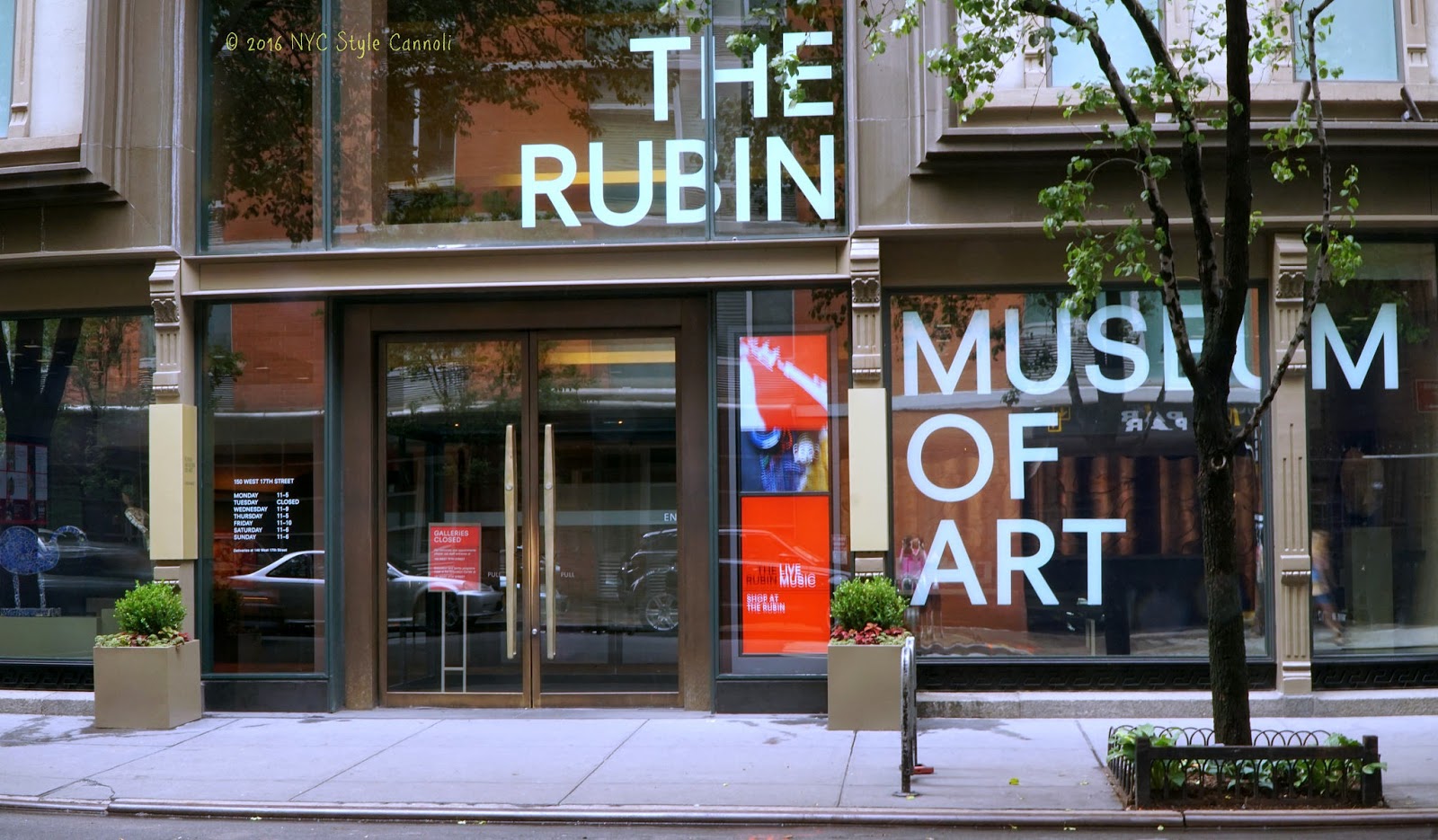Analysis of the Story of Turandot

*[Image credit: Google.com]
Turandot follows a classic fairytale tragic/forbidden love story. We find a prince in search for a beautiful and powerful princess, even though she may kill him in his pursuits.
As portrayed by the performance, the story of Turandot is divided into three acts, the first two of which build up to the climax and end in cliffhangers; with the climax and resolution in the third act.
———————————————————————–
Act 1
Here, the celestial Princess, Turandot, is our woman of beauty, who has a cold heart especially towards men, because of the tragic betrayal that a man caused her ancestor. She devised to protect her purity by declaring, “Any prince seeking to marry me must answer three riddles. But if he fails, he will have to die.” Our story’s hero, is Prince Calaf, who falls in love with Turandot at first sight. And becomes determined to try and answer her three riddles. Though strongly urged against by his father, the banished king, Timur, his slave girl, Liu, and the advisors Ping, Pang, and Pong.
Act 2
The act opens with the interesting advisors, Ping, Pang, and Pong who dread Calaf’s decision. They tell of how much pain and depression they’ve had to endure since the suitors came seeking for Turandot’s hand. Each advisor has a home that they wish to return to, they rant and drink, before being called to the palace for Calaf’s trial. Following, Turandot makes her appearance, and begins to ask Calaf her three riddles. Calaf evidently successfully answers her three riddles. While all rejoice, Turandot becomes furious and refuses to marry him, Calaf ends the scene by proclaiming that she answers a question of his, is she can learn his name, then he will give his life up.
Act 3
Turandot orders that someone learns his name. Her people catch Liu and the king. They both deny knowing his name, before Liu proclaims that she is the only one with knowledge of this secret. Turandot tries to force Liu to tell his name, but Liu confesses her love for Calaf, and that she would rather die. Before she is scared into telling his name, she kills herself as sacrifice. After, Turandot remains alone in guilt, to confront Calaf who is furious at her. But, he cannot cease his love for her, kisses her, and gives away his name. At the break of dawn, it is finally time for Turandot to proclaim her victory as she learns his name, but, in a turn of events, she says instead, “His name is …Love”, as she acknowledges defeat and marries him.
—————————————————————————————
I thoroughly Enjoyed how immersive this Opera. The story itself could have been a little confusing if I had not read the libretto, however, even if i did not i would have gotten that feel of excitement because of the incredible cast members. The only thing I did not appreciate in terms of the story was, apart from its interesting notions, it stuck with that cliche love story ending, which kind of wasn’t very cohesive. One character I really appreciated was Liu, but she only appeared for a little section of act 1 and 3 and died in act 3, then was thus forgotten! But, all in all, it was an incredible and unforgettable performance!





